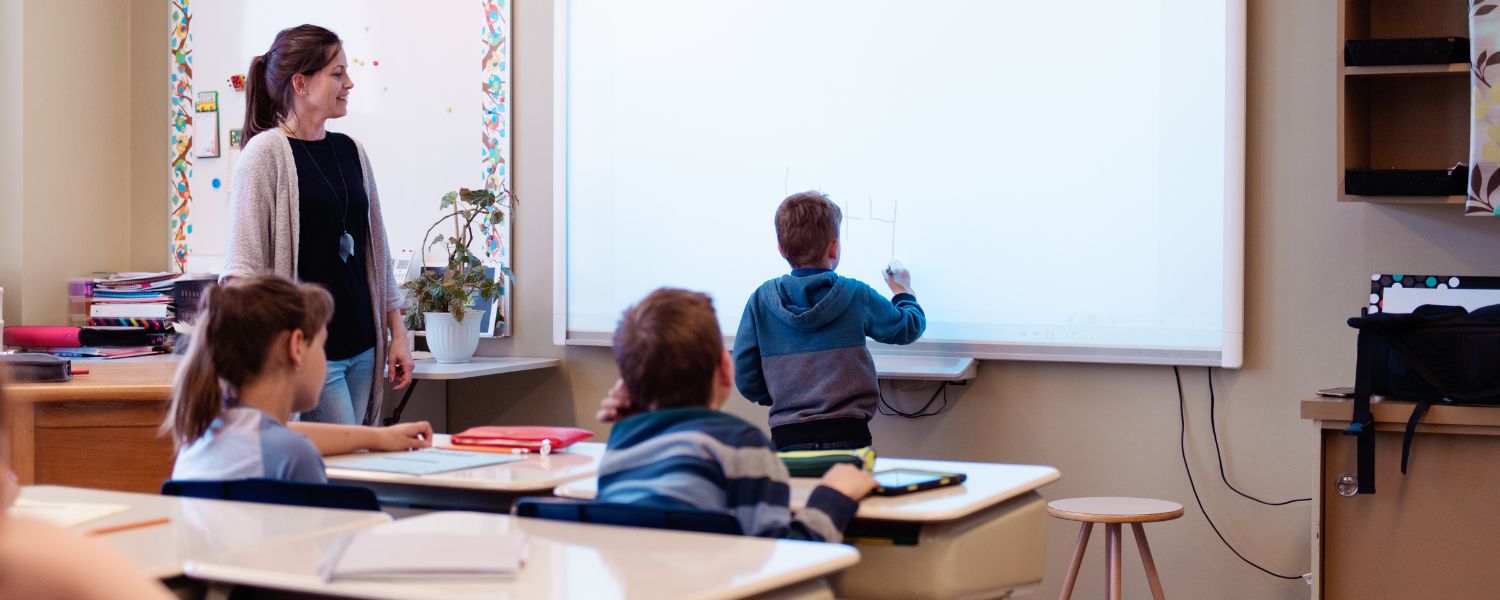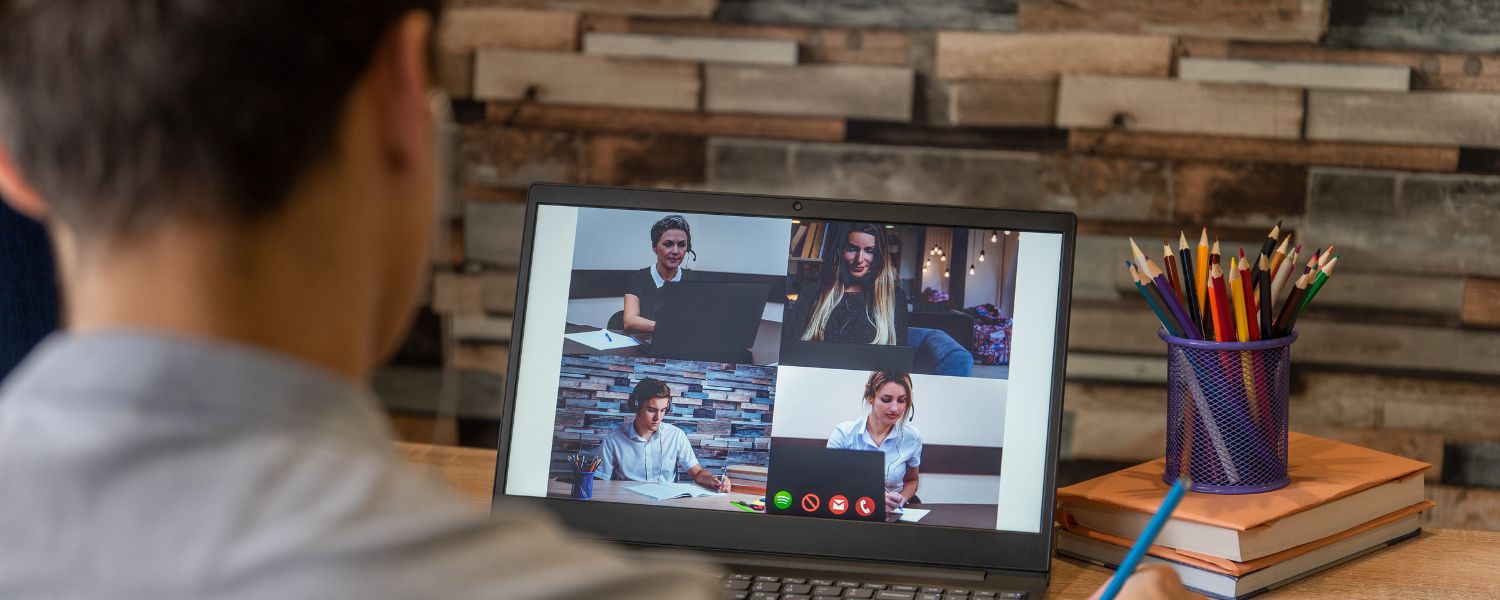
Distance education has undergone a revolutionary transformation in recent years, largely propelled by technological advancements. Integrating virtual classrooms and online tools has opened up new avenues for learning, allowing students to access quality education from the comfort of their homes.
One school that exemplifies this shift is Faith Christian School of Distance Education, which has embraced cutting-edge technology to provide a comprehensive and enriching educational experience.
This blog delves into the tech-driven landscape of distance education, focusing on the tools and platforms that facilitate learning for students across a wide age range.
The Development of Distance Education

Once confined to correspondence courses and mail-in assignments, distance education has evolved significantly. The digital revolution has created a sophisticated ecosystem of online learning platforms, interactive tools, and virtual classrooms. These developments have widened access to education and transformed the nature of pedagogy itself.
Interactive Virtual Classrooms

Faith Christian School of Distance Education’s interactive virtual classrooms provide a remarkable platform for real-time interaction between teachers and students. These virtual environments have features like live chat, video conferencing, and digital whiteboards, enabling teachers to conduct engaging lessons while students actively participate.
The classrooms are structured to resemble traditional ones, with the added benefit of screen sharing, which allows educators to present lessons using multimedia content and engage in interactive discussions.
This fosters a sense of connectedness among students, even though they are physically distant, as they can see and interact with their peers during lessons. There is even a waiting room before a lesson where students can chat, as if they were lining up for class.
Learning@Faith (LMS)

The core of Faith Christian School of Distance Education’s distance education delivery program is its Learning Management System (LMS). This comprehensive platform is a digital hub where students can access course materials, submit assignments, receive feedback, and track their progress.
Educators use the LMS to organise curriculum materials, communicate with students and parents, and deliver a consistent learning experience. The LMS also offers a secure environment for storing sensitive student data, ensuring data protection and compliance with privacy regulations.
Adaptive Learning Platforms

Adaptive learning platforms at Faith Christian School of Distance Education are game-changers for individualised education. These systems utilise algorithms and data analytics to understand students’ learning styles, strengths, and weaknesses.
Based on this information, the platform tailors content and assignments to suit the specific needs of each student. This approach ensures that students receive the appropriate level of challenge and support, maximising their learning outcomes and self-confidence.
High-Quality Video Conferencing Tools

High-quality video conferencing tools are a cornerstone of synchronous learning at Faith Christian School of Distance Education. These tools offer crystal-clear audio and video, enabling students and teachers to engage in dynamic discussions and lessons.
They also provide features like screen sharing and virtual breakout rooms, facilitating group activities and peer collaboration. Furthermore, these tools foster a sense of community, as students can see and interact with their classmates and teachers in real time despite being geographically dispersed.
Interactive Multimedia Content

Faith Christian School of Distance Education recognises the importance of varied learning resources. Interactive multimedia content, including videos, simulations, and interactive exercises, captivates students’ attention and enhances their comprehension.
Visual and interactive elements make complex concepts more accessible, catering to diverse learning styles. This multimedia approach transforms learning into an engaging and immersive experience, motivating students to explore and understand subjects deeply.
Secure and User-Friendly Communication Channels

Ensuring secure communication channels is paramount in today’s digital age. Faith Christian School of Distance Education implements secure messaging and communication platforms to facilitate seamless interaction between students, parents, and educators.
These channels prioritise data protection and safeguarding sensitive information. The user-friendly interface ensures students and parents can easily access and navigate the communication tools, fostering effective collaboration and a supportive learning community.
Robust Assessment and Feedback Systems

Faith Christian School of Distance Education employs advanced assessment tools that enable educators to evaluate student performance efficiently. These systems offer various assessment methods, including quizzes, exams, and project submissions.
Real-time grading and feedback mechanisms provide students with instant insights into their progress, helping them identify areas for improvement. Additionally, educators can tailor their teaching strategies based on assessment data, ensuring they effectively address students’ specific needs and challenges.
Tech-Savvy Support and Training Resources

Faith Christian School of Distance Education offers comprehensive training and support resources to empower educators and students. Teachers receive training in using the technology effectively for instruction and assessment.
Similarly, students and their parents receive guidance on navigating the digital learning environment. This ensures that everyone involved has the necessary skills to maximise the benefits of the technology and overcome any challenges that may arise during distance education.
Regular support sessions and troubleshooting resources are also available to address any technical issues promptly, minimising disruptions to the learning process.
Conclusion
The fusion of technology and education has ushered in a new era for distance learning, offering students from Prep to Year 12 unprecedented access to quality education.
Faith Christian School of Distance Education is a shining example of a school that has harnessed the power of virtual classrooms, online tools, adaptive learning, and assessment technologies to create a holistic and enriching learning experience.
As technology continues to evolve, the future of distance education holds boundless potential for even greater innovation and inclusivity in education.
